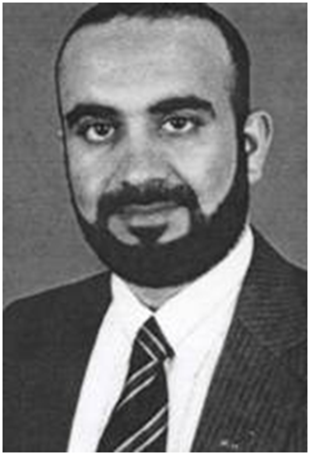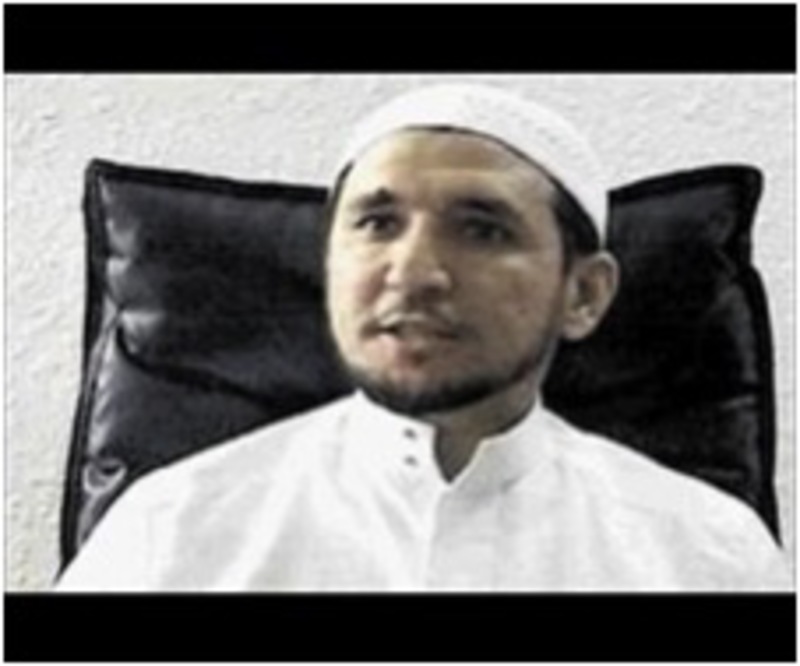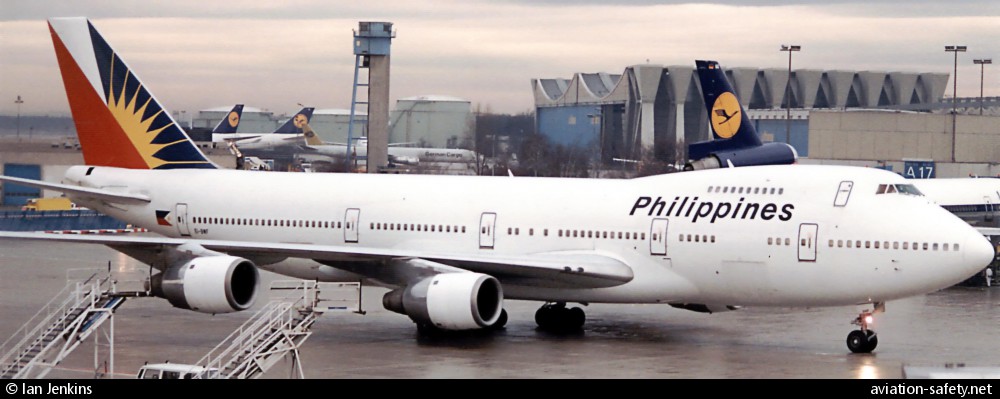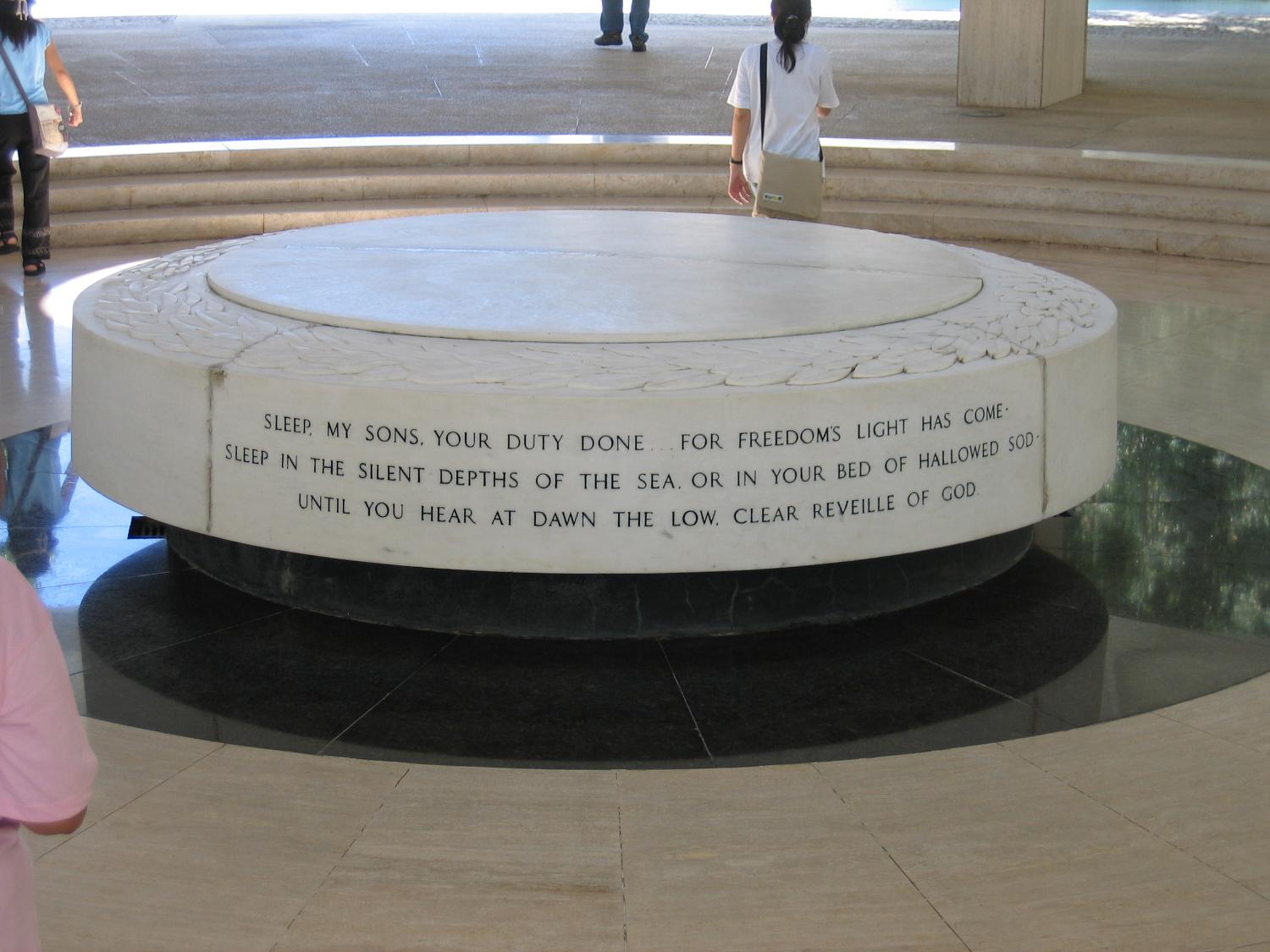Wandering around the globe, oblivious to everything terrorism and Islam going on around him, Bill Clinton lands in the Philippines on a two-day state visit, visiting Corregidor, site of the Japanese victory in the conquest of the American commonwealth in World War II, and of the U.S. Army’s return.
While in the Philippines, what are now believed to be al Qaeda operatives (including Ramzi Yousef) undertake surveillance of the presidential party, preparing for an assassination attempt on Clinton’s life. The 911 Commission says that Khalid Sheikh Mohammed sent $3,000 to Yousef to fund the plot.
According to Triple Cross (p. 163), Yousef and associate Wali Khan Amin Shah applied for visas on November 3 and travel to Manila (Khan would later be captured and tortured by Philippine police and then “rendered” to the United States). Triple Cross claims that Terry Nichols, accomplice in the 1995 Oklahoma City bombing, was also in the Philippines at the same time.
Clinton arrived in the country after a visit to Saudi Arabia, where he met with King Fahd at King Khalid Military City in Hafr-Al-Batin in the north, near the Iraqi border. “I had been impressed by Fahd’s call, in early 1993, asking me to stop the ethnic cleansing of the Bosnian Muslims,” Clinton later writes (My Life, p. 627).
It was hardly a humanitarian move on the Saudi part. Bosnia would be one of the first locations outside Afghanistan where radical Islamists and al Qaeda adherents would travel to and carry out jihad, and Osama bin Laden certainly saw the slaughter of Muslims in Bosnia as part of the global assault on the Islamic people.
Meanwhile in Afghanistan, the Taliban have their first significant military success, capturing Kandahar in the south. It all happened in November 1994, all the threads gathering, but the global pattern was unseen at the time.



